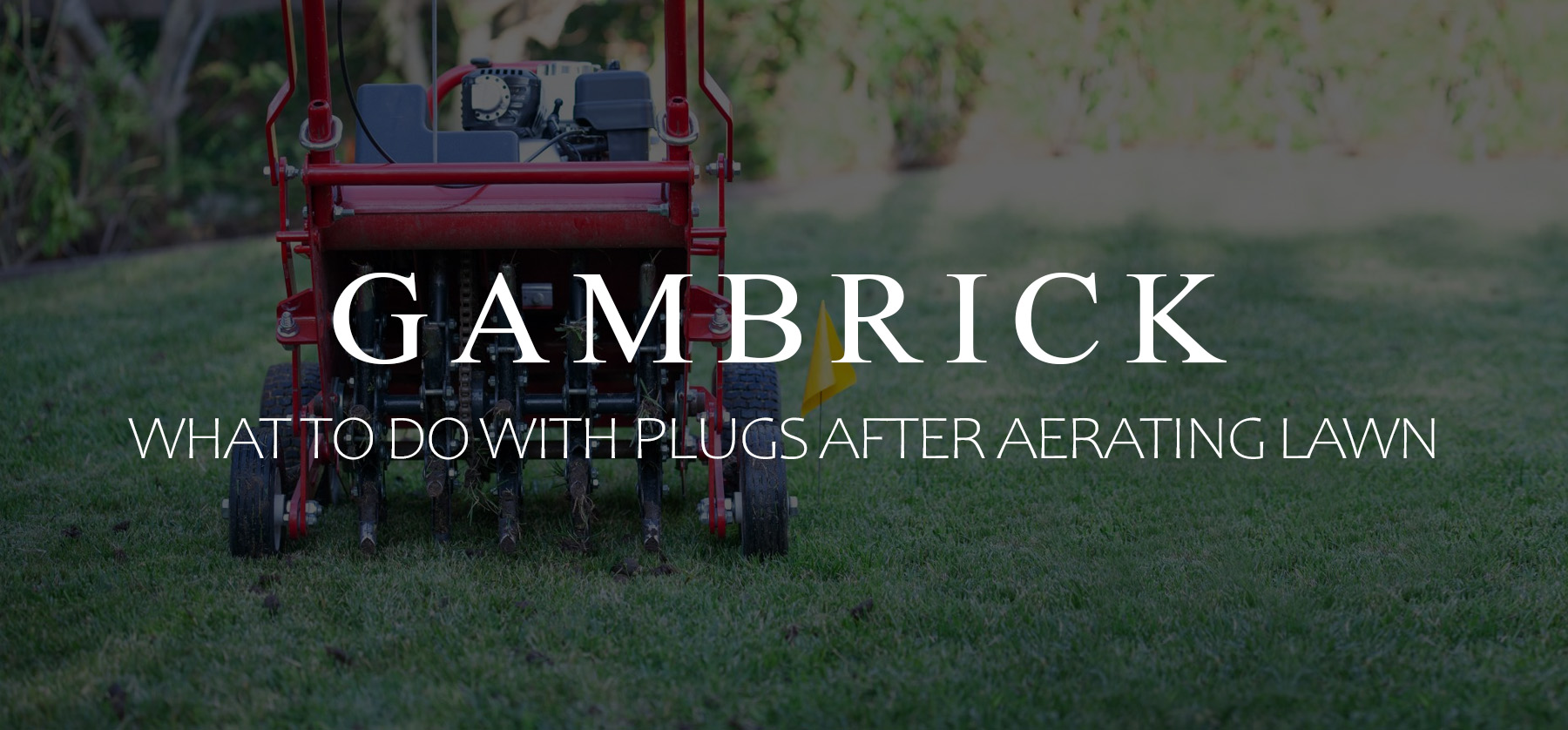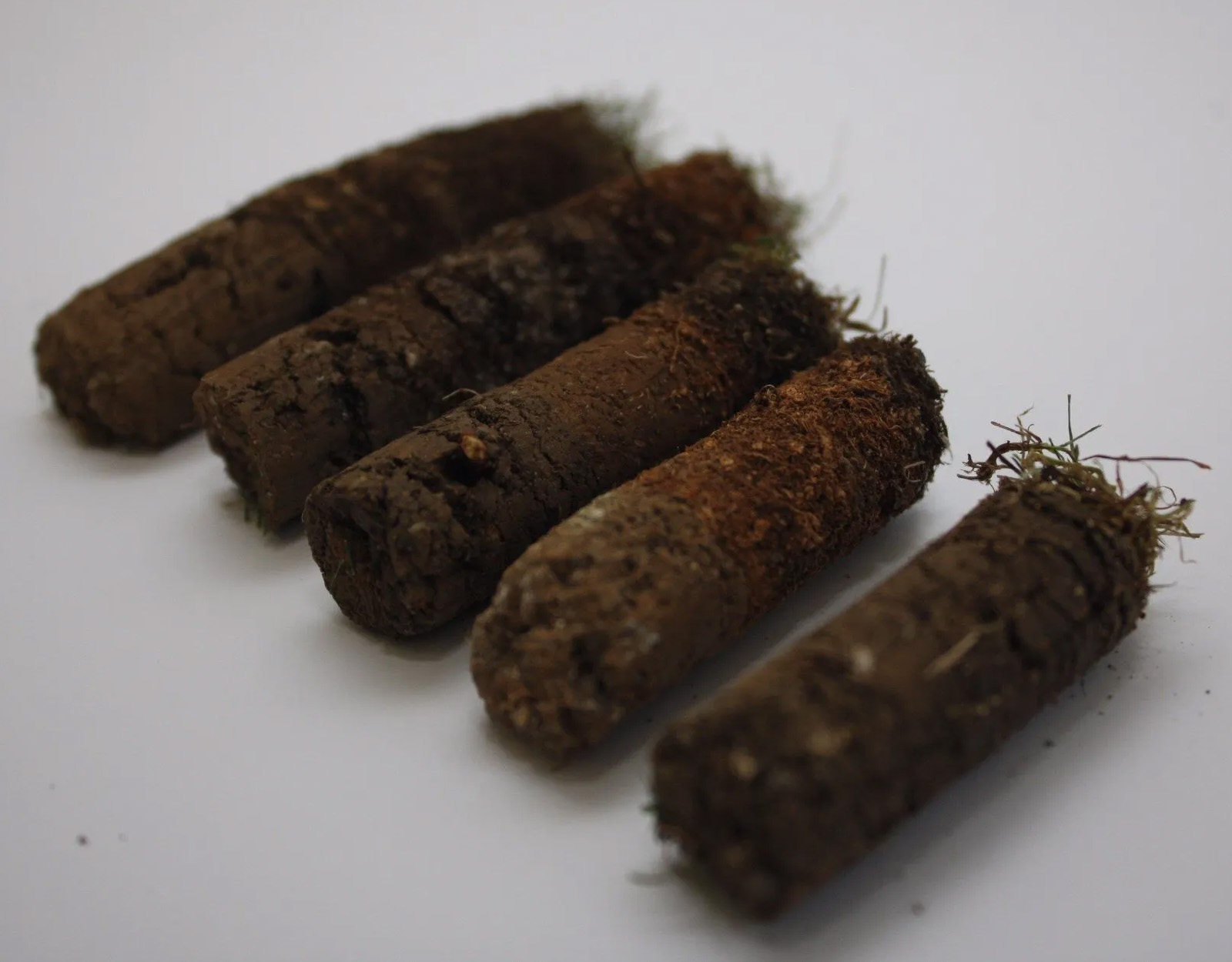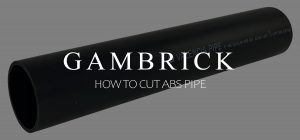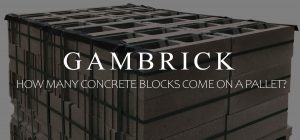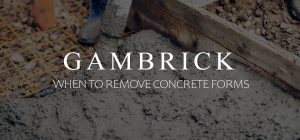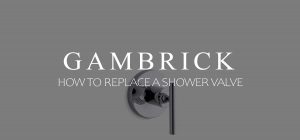What To Do With Plugs After Aerating Lawn
Regular maintenance helps cultivate a thicker, healthier, greener lawn. Aerating to relieve soil compaction and enhance grass growth is an annual task you shouldn’t skip. Just about any lawn can benefit from aeration when it’s done properly and at the right time. Grass needs air, water and nutrients to grow thick and strong. When soil becomes compacted, it inhibits the flow of these essential nutrients to the grass. Aeration creates holes in the soil which alleviates compaction so air, water and nutrients can reach the roots. During aeration, plugs of soil will be deposited on top of the grass where they’ll break down naturally over time.
The purpose of aeration is to reduce compaction by breaking up hard soil. The best thing you can do with plugs after aerating lawn is to leave them alone. They’ll naturally break down and nourish the soil. If you remove the soil cores and dispose of them, you’re wasting the nutrients and microbes the plugs contain.
After you’re done aerating, fertilize and overseed the lawn. Then continue your mowing and watering schedule as normal.
Aerators use rows of hollow tines that penetrate into the soil as you move. They remove plugs of soil from your lawn and deposit them on top, where they naturally break down and nourish the soil. The size of the plugs and the holes they create vary in width and depth depending on the machine used. There are other methods of aerating a lawn, but plugs are the best.
By aerating plugs in your yard, you allow water, air and nutrients to penetrate deep down where the grass roots are.
How Aerating Helps Lawns Grow
Grass needs air, water and nutrients to grow thick and strong. When soil becomes compacted, it’s harder for nutrients to reach the roots. A layer of compacted soil just 1/4 to 1/2 inches thick can make a big difference to your lawn’s health and beauty.
Aeration creates holes in the soil which alleviate compaction. The holes allow air, water and nutrients to reach the roots. The result is a greener, more healthy lawn.
Lawn grass can struggle to stay healthy in harsh conditions like extreme heat and low rainfall. This is made even worse if the lawn is compacted. Grass can becomes thinner and eventually die do to lack of oxygen, water and vital nutrients. Compaction creates a barrier that prevents the grass from absorbing the nutrients it needs.
Aeration opens a pathway for essential nutrients to reach the roots where they’re needed most.
What To Do With Soil Plugs
When you aerate your lawn with a core aerator, soil plugs will drop behind the machine. These plugs break up compaction and allow nutrient to reach the grass roots. The best thing you can do with plugs after aeration is to leave them alone. They’ll naturally break down over time and nourish the soil.
Core plugs contain nutrients and microbes which will be break down and reabsorb into the soil.
Soil plugs created by a core aerator can also be used to nourish areas of your lawn that are struggling. Just about every lawn has a patch or two that just won’t grow as lush and green as the rest. Use a rake to gently pull soil plugs toward the trouble spot of your lawn. As they break down, the plugs will nourish these areas and feed the grass.
- Leave soil plugs where they fall. They’ll eventually break down and nourish the soil.
- Soil plugs contain nutrients and microbes.
- Removing soil plugs robs your yard of essential nutrients.
- Plugs break down by themselves.
- Soil plugs create tunnels that help delivery vital nutrients to the grass roots.
- Rake plugs gently because they break easily.
Soil plugs can be used to level low spots or pits in your lawn. They’re essentially just soil with a bit of grass on top. Gather then up and spread them in areas you need leveled.
How Long Does It Take For Aeration Plugs To Decompose?
Soil plugs will generally break down in about 1-2 weeks. But it depends on weather, rain, soil type, and the amount of traffic your lawn receives. Plugs usually break down quickly and easily unless you have really hard soil or clay.
If you want the plugs to break down faster, water the lawn or mow the grass.
- Soil plugs break down in about 1-2 weeks.
- Rain and dry weather both help break down soil plugs.
- Soil type effects how fast plugs break down.
- Foot traffic and mowing speeds up how fast plugs break apart.
- Clay soil breaks down slowly.
Clay soil breaks down slower than soil containing more dirt and/or sand. The more compact and dense the soil the slower it will decompose.
Hot and dry weather can bake a clay soil plug making them harder. But generally, hot and dry weather dries out the plugs which makes them crumble quickly.
Sandy soil plugs break down the easiest. In some cases they start to break down in a matter of days.
What To Do With Soil Plugs After Aerating?
The best thing you can do with soil plugs after aerating is absolutely nothing. Once you finish aerating your lawn, let soil plugs dry where they fall. They’ll break down on their own from rain, watering, mowing or foot traffic, which adds fresh soil, nutrients, microbes and organic matter back into your lawn.
Follow your regular maintenance schedule after core aeration.
Watering, mowing, and using your yard will help break down soil plugs.
Is a good idea to fertilizing, overseed and water the lawn immediately after you aerate. The cores you dig into the soil break up compaction and allow vital nutrients to reach the grass roots. Fertilizing, seeding and watering quickly takes advantage of the cores before they fill in. And these processes can also help break down the plugs which provide even more benefits to the lawn.
- Leave the plugs where they fall after aeration.
- Normal watering, mowing, and foot traffic help soil plugs break down faster.
- Fertilize, seed and water the lawn immediately after aeration is complete. This helps break down plugs faster.
- Mowing the lawn helps break down plugs.
- Rain breaks down plugs quickly but so does watering the lawn.
Normal care and maintenance like watering and mowing naturally break down core plugs. You don’t have to do anything special after aeration. Just care for your lawn as usual and the plugs will take care of themselves.
How Soon After Aeration Can You Mow?
You can mow the lawn immediately after aeration if it needs it. Mowing will help break down the plugs as you walk or drive over them. However, I recommend fertilizing, watering and seeding before you mow. Aeration creates small tunnels that allow vital nutrients to reach the grass roots. Take advantage of these tunnels before they collapse by nourishing and reseeding the lawn.
You should mow your lawn before core aeration. This allow the aerator to get closer to the soil because it’s not sitting on top of so much grass.
- You can mow your lawn when aeration is complete. However, it’s better if you mow before aeration so the machine can get closer to the soil.
- Fertilize, water and seed the lawn immediately after aeration is done to take full advantage of the cores.
- If you overseeded the lawn after aeration, wait to mow until new grass is established.
Aerating is usually done with fertilizing, watering and overseeding. Aeration creates small tunnels, called cores, that reach down into the soil where the roots are. Vital nutrients then have a better chance of reaching the roots where they’re needed. Aerating cores makes watering, seeding and fertilizing more effective.
If you overseeded the lawn after aeration, mowing can damage new grass seedlings. Wait until the grass has reached mature growth before mowing.
Should You Rake Up Plugs After Aeration?
No, the best thing you can do with plugs after aeration is to leave them where they fall. Plugs contain vital nutrients and microbes which eventually break down and reabsorb back into the soil. Removing them robs the lawn of these potential benefits. However, it’s OK to rake them into areas of the yard that need a little more help or have a low spot.
Do Not rake up and remove the plugs from your lawn. If you don’t like the look, rake them into a bucket, break them up and spread the soil back onto the lawn. But never remove them.
- The best thing you can do with plugs is leave them where they are.
- Rake a few extra plugs into problem areas of the yard that aren’t growing as lush as you’d like.
- Use plugs to fill low spots or pits in the lawn.
Never rake up and remove plugs from the yard after aeration. If you rake them up because you don’t like the look, break the plugs up and spread them around the yard, but don’t dispose of them.
Why You Should Leave Plugs On Your Lawn After Core Aeration
Plugs are loaded with vital nutrients and soil microbes. When the plugs eventually break down, these nutrients are reabsorbed back into the soil which feeds the lawn. Removing the plugs robs your lawn of these vital nutrients.
The point of aeration is to break up compaction by creating small tubes which reach down to the roots. These tubes allow nutrients and water to reach the roots where they’re needed most. When the plugs break up, their nutrients will go down the tubes to the roots of the grass.
When Do Lawns Need Aeration?
Lawns need aeration on an annual basis to break up compaction. Even if you think your lawn isn’t compacted, it will still benefit from aeration. During aeration, small tubes are drilled into the soil called cores. The tubes allow fertilizer, water and other nutrients to reach the roots where they’re needed most. Even if your soil is not compacted, it still benefits by delivering nutrients directly to the roots.
Here are some signs that your lawn needs aeration:
- If your grass looks stressed.
- The soil is hard to the touch.
- Rainwater puddles up where it used to be absorbed.
- Grass looks matted.
Take a regular screwdriver and stick it into your lawn’s soil by hand. It should slide in fairly easily. If it’s hard to drive in, your soil is most likely compacted.
Even if your soil is not compacted, aeration still benefits the grass and should be done annually.
When Should I Aerate My Lawn?
The best time to aerate a lawn is during or right before your grasses reaches its peak time for natural growth. Aeration is very good for overall lawn health, but it can stress grass if timed improperly.
- Cool-season grasses common in the North should be aerated in early Fall or early Spring.
- Warm-season grasses common in the South should be aerated in late Spring or very early Summer.
Aeration should coincide with active growth to take full advantage of the process. Grasses grow and recover quicker after aeration because nutrients can go directly to the roots.
Never aerate a dormant lawn. If the grass isn’t growing the aeration process will be wasted. The tunnels aeration creates will collapse back in and won;t deliver nutrients to the grass when it needs them.
- Aerating is easiest when the soil is moist from irrigation or rainfall the day before.
- Overly dry soil can be hard to aerate.
- Never aerate overly wet lawns. If the soil is too wet the tunnels will collapse too quickly.
Because aeration drills small tubes into the lawn, the soil needs to be moist but not soaked or super dry. It’s best to aerate the day after it rains or gets watered.
How To Aerate A Lawn
Aerating equipment comes in three main types, spike, slice and core. Each type can range in size from small aerators that slip on your shoes to large tractor pulled machines.
- Spike Aerators: Spikes poke a hole down into the soil with a solid, spike shaped tine. While these can help on a small scale, spike machines can actually make compaction worse by pressing soil together between the holes.
- Slicing Aerators: Rotating blades cut through the grass and down into the soil. Slicing aerators create pathways for air, water and nutrients without causing more compaction.
- Core Aerators: This is the best type of aerator. Rows of hollow tines press into the soil removing plugs of soil and grass when they come up. The plugs are deposited on top of the grass where they eventually break down and feed the lawn.
A lawn service can aerate your lawn for you can rent a machine and do it yourself. It’s a fairly easy process no harder than mowing the lawn.
If you do it yourself, make sure to aerate the lawn evenly.
What Should I Do After Aeration
After aeration is complete you should fertilize, seed and water the lawn. Aeration creates small tunnels that lead down to the grass roots. These tunnels amplify the effects of fertilizer and water so it’s best to do it when the tunnels are fresh. Soil plugs after aerating lawn should lay where they fall. Don’t rake them up or remove them. They’ll eventually break down on their own and reabsorb back into the grass, adding essential nutrients, soil and microbes.
Annual aeration helps your lawn reach its full potential for thickness, health and beauty.
Do You leave Plugs On Lawn After Aerating?
Yes, leave the plugs on your lawn exactly where they fall. The plugs contain vital nutrients and microbes which absorb back into the soil when the plugs break down. Plugs will break down in a few weeks from rain or normal activity like raking or mowing. What ever you do, do not remove the plugs from your yard. This will rob the lawn of essential nutrients and soil content. The plugs are very good for the grass and need to reabsorb back into the soil once they break down.
Should You Fill Holes After Aeration?
No, leave the holes and plugs alone after aeration is complete. The plugs will eventually break down on their own and reabsorb back into the soil. The holes will also take care of them selves and close up when ready. They’ll fill up with soil and organic material which then breaks down and nourishes the lawn.
However, immediately after aeration you should fertilize, overseed and water the lawn.
Should I Rake Up Cores After Aerating?
No, the best thing you can do with plugs after aeration is to leave them where they fall. Plugs contain vital nutrients and microbes which eventually break down and reabsorb back into the soil. Removing them robs the lawn of these potential benefits. However, it’s OK to rake them into areas of the yard that need a little more help or have a low spot.
Do Not rake up and remove the plugs from your lawn. If you don’t like the look, rake them into a bucket, break them up and spread the soil back onto the lawn. But Do Not remove them.
- The best thing you can do with plugs is leave them where they are.
- Rake a few extra plugs into problem areas of the yard that aren’t growing as lush as you’d like.
- Use plugs to fill low spots or pits in the lawn.
Never rake up and remove plugs from the yard after aeration. If you rake them up because you don’t like the look, break the plugs up and spread them around the yard, but don’t dispose of them.
Can You Plug Aerate Too Much?
Yes, aeration should only be done once a year when the grass is at or approaching it’s top growing period. This will vary based on where you live and the type of grass you have. Never aerate a dormant lawn. If you over aerate your lawn, or aerate at the wrong time, it could kill your grass and create drainage issues in the soil. Each time you aerate a lawn, you puncture holes into it, leading to problems if done too often or at the wrong time.
Should I Seed Right After Aerating?
Yes, you should seed, fertilize and water the lawn within 48 hours after you aerate. Aerating creates holes about 4-6 inches deep. Any seed that makes its way into the holes will have a better chance of growing. The holes also provide a direct path for fertilizer and water to reach the grass roots. Don’t wait longer than 48 hours or the holes will start to close up.
Should You Water The Lawn Right After Aerating?
Yes, you should water, fertilize and see the lawn within 48 hours after you aerate. Aerating creates holes about 4-6 inches deep which provide a direct path for fertilizer and water to reach the grass roots. Don’t wait longer than 48 hours or the holes will start to close up.
How Long Do Aeration Holes Last?
Aeration holes typically last about weeks. However, they start filling in after just a few days. The holes close up even faster if it rains or the yard is used for activities. You should fertilize, seed and water the lawn within the first 48 hours after aeration to gain the full benefits it provides.
You should always leave the plugs after aerating lawn. Don’t rake them up and remove them from the yard. The plugs contain vital nutrients and microbes that go back into the soil when they break down.
If you don’t like the look of plugs, gather them into a bucket and break them down. Then spread the soil and grass evenly over your lawn.
How Long Should Aeration Plugs Be?
The plugs created by aeration are about ½ inch to ¾ inch in diameter and 1 ½ to 6 inches long. The holes are typically about 2 to 6 inches apart.The exact depth and diameter of the plug depends on the type of aerator you use. Small aerators designed for home use typically have a smaller core size than larger tractor driven aerators used on farms.
Summary: What To Do With Plugs After Aerating Lawn
Regular maintenance helps cultivate a thicker, healthier, greener lawn. Aerating to relieve soil compaction and enhance grass growth is an annual task you shouldn’t skip. Just about any lawn can benefit from aeration when it’s done properly and at the right time. Grass needs air, water and nutrients to grow thick and strong. When soil becomes compacted, it inhibits the flow of these essential nutrients to the grass. Aeration creates holes in the soil which alleviates compaction so air, water and nutrients can reach the roots. During aeration, plugs of soil will be deposited on top of the grass where they’ll break down naturally over time.
The purpose of aeration is to reduce compaction by breaking up hard soil. The best thing you can do with plugs after aerating lawn is to leave them alone. They’ll naturally break down and nourish the soil. If you remove the soil cores and dispose of them, you’re wasting the nutrients and microbes the plugs contain.
After you’re done aerating, fertilize and overseed the lawn. Then continue your mowing and watering schedule as normal.
Aerators use rows of hollow tines that penetrate into the soil as you move. They remove plugs of soil from your lawn and deposit them on top, where they naturally break down and nourish the soil. The size of the plugs and the holes they create vary in width and depth depending on the machine used. There are other methods of aerating a lawn, but plugs are the best.
By aerating plugs in your yard, you allow water, air and nutrients to penetrate deep down where the grass roots are.
If you have any questions about aerating a lawn, email any time.
